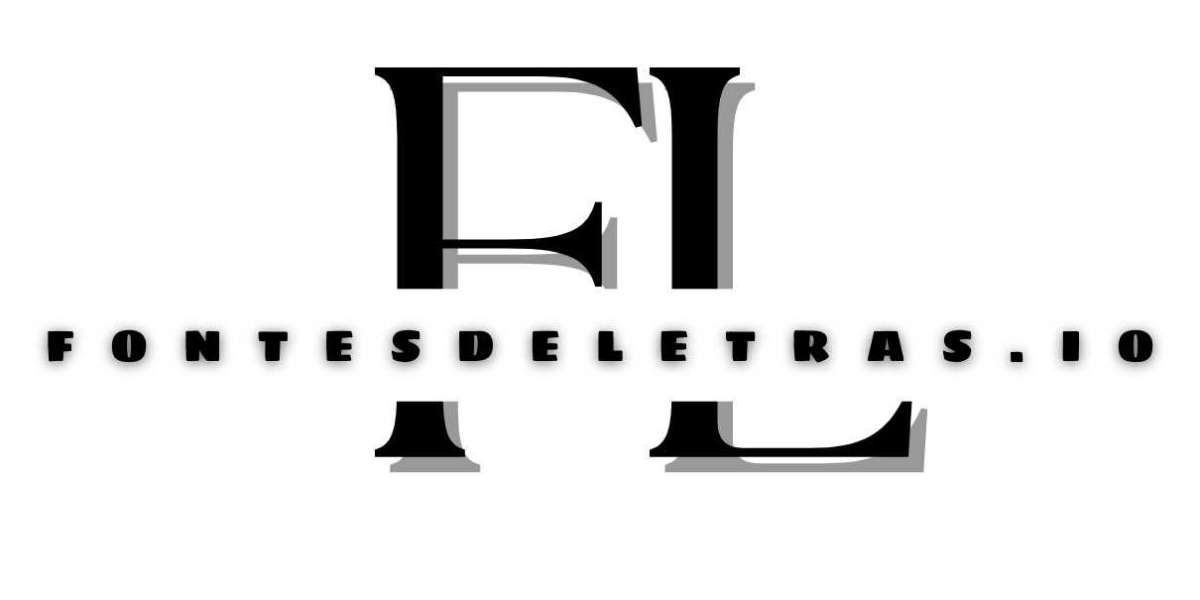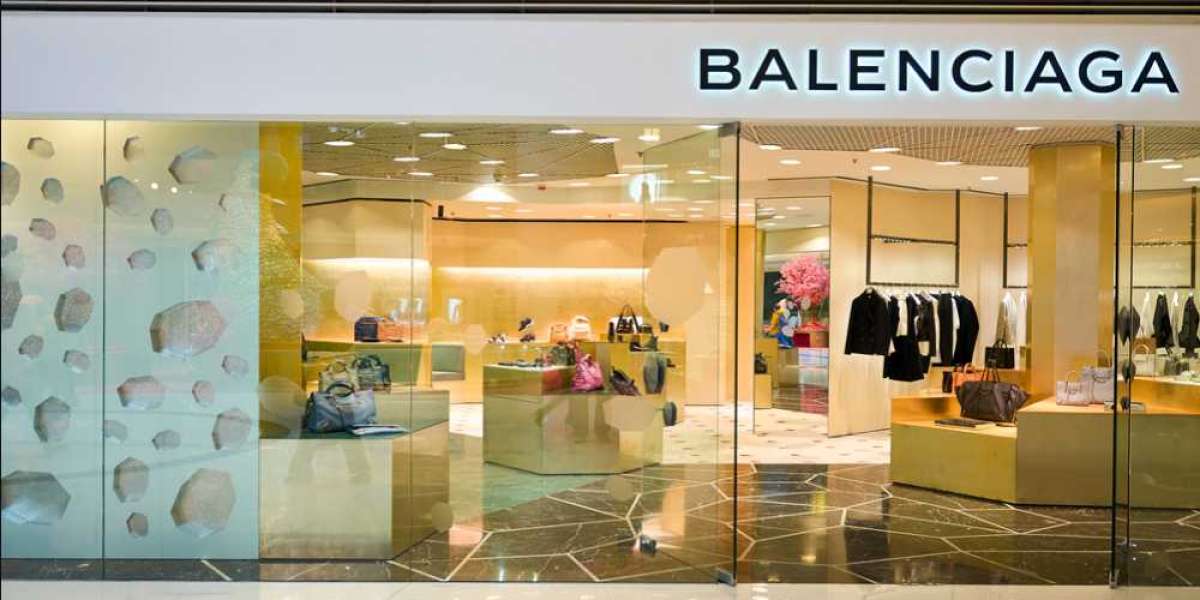Have you ever struggled to differentiate between typography and font? If you’re someone who works in design or marketing, then you may have come across these terms more often than not. In this blog post, we will delve into the fundamental difference between font and typography. Understanding their difference will improve your design skills and help you use typography and font effectively and masterfully.
Fonts are an integral part of typography, but the concept of typography is a lot more expansive than just the font. Font is a specific set of characters (letters and symbols) with a consistent design, weight, and size that appear in a way that captures the viewer’s attention. Typography, on the other hand, refers to the art and technique of arranging these fonts in a visually appealing manner to communicate meaning.
Typeface, which is often used interchangeably with font, is a broader term that refers to a set of characters that share similar design features across all styles and weights. Font, on the other hand, is a variant or subset of a particular typeface, where each variant takes on distinct style such as bold, italic, light, or heavy. Understanding the difference between these terms is crucial when selecting and designing typography for any purpose.
In typography, font and typeface selection are crucial to communicating a message, tone, and brand identity. Choosing the right typeface and font is essential to improve legibility and readability. Simple and straightforward sans-serif fonts work best for digital media, while serif fonts look great on print materials. The main rule of thumb is to ensure the specific font and typeface conveys your message effectively, builds trust and establishes a brand identity.
The proper use of typography and font creates visually appealing and compelling designs that bring it alive. Finding the perfect typography and font combination requires a good eye for aesthetics and taste. The most successful typography design ethos uses a hierarchy in design, using typeface and font size to create an emphasis on crucial information first, then naturally guide the viewer’s attention towards the essentials.
One of the greatest advantages of mastering typography and fonts is the ability to express your creativity in full. Typography affords designers the freedom to experiment with different fonts and typeface combinations. Successful designers use typography to create uniformity and consistency, while repurposing designs, colors, and imagery to establish a brand identity. Are you looking for a font style, use it for free at https://fontesdeletras.io/nl/
In conclusion, typography and font play a critical role in design and branding. Understanding the difference between typography, font, and typeface is fundamental when creating a visually appealing and compelling design. By mastering typography and font, you can identify and choose the ideal font and typeface that conveys your message effectively, builds trust, and establishes a brand identity. Typography is creative, and it gives designers the freedom to experiment with types of fonts, typeface combinations, and hierarchy to create captivating designs. Remember, mastering typography and font requires time, practice and a good eye for aesthetics to create designs that come together in an attractive and cohesive way.








